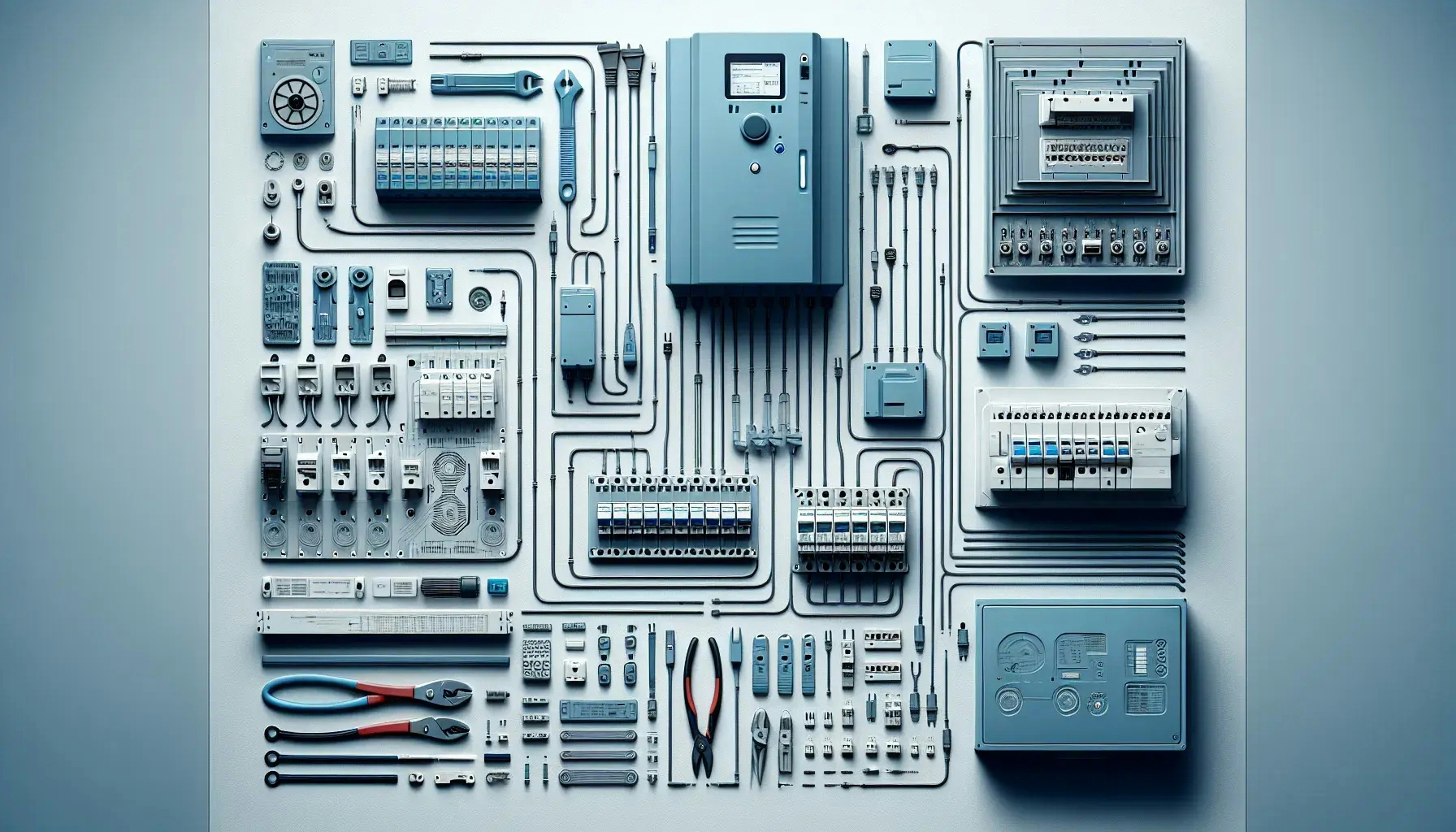The world of electrical installations is intricate and complex, requiring a keen understanding of safety measures, technical knowledge, and practical skills. This blog post aims to shed light on the best practices in electrical installations. We will delve into the importance of these practices, the role they play in ensuring safety and efficiency, and how they contribute to the longevity of electrical systems.
Understanding Electrical Installations
Electrical installations encompass a wide range of activities, from wiring a building to installing outlets and fixtures. It's a critical process that demands precision, expertise, and adherence to safety standards.
The complexity of electrical installations varies depending on the scale of the project. It could range from a simple task of installing a light fixture in a residential home to a more complex project like setting up the electrical system of a commercial building. Regardless of the scale, it's crucial to follow the best practices in electrical installations.
These practices are not just about following a set of rules. They represent a commitment to safety, efficiency, and quality. They ensure that the electrical installations are not just functional, but also safe and durable.
Importance of Best Practices in Electrical Installations
The best practices in electrical installations are not just guidelines. They are critical to the success of any electrical project.
Adherence to these practices ensures the safety of the people involved in the project and the end-users of the electrical system. It minimizes the risk of electrical shocks, fires, and other hazards associated with improper installations.
Moreover, following the best practices enhances the efficiency of the electrical system. It ensures optimal performance, reduces energy consumption, and contributes to the sustainability of the building.
Lastly, these practices contribute to the longevity of the electrical system. They prevent premature wear and tear, reduce maintenance costs, and extend the lifespan of the system.
Key Best Practices in Electrical Installations
There are several best practices in electrical installations that professionals should adhere to.
One of the most important practices is to always follow the National Electrical Code (NEC). The NEC is a set of standards for the safe installation of electrical wiring and equipment in the United States. It's updated every three years to incorporate the latest safety measures and technologies.
Another crucial practice is to use the right tools and equipment. This not only ensures the quality of the installation but also the safety of the electrician.
Furthermore, it's essential to plan the installation carefully. This includes understanding the layout of the building, identifying the electrical needs, and planning the routing of the wires.
Safety Measures in Electrical Installations
Safety is paramount in electrical installations. It's not just about protecting the electrician, but also the people who will use the electrical system.
One of the key safety measures is to always turn off the power before starting any electrical work. This prevents accidental electrocution and other electrical accidents.
Another important measure is to use personal protective equipment (PPE). This includes safety glasses, gloves, and other protective gear that can shield the electrician from potential hazards.
Moreover, it's crucial to test the installation before it's put into use. This ensures that the system is working properly and safely.
Training and Certification in Electrical Installations
Proper training and certification are crucial in ensuring the quality of electrical installations.
Electricians should undergo rigorous training to acquire the necessary skills and knowledge. This includes understanding the principles of electricity, learning how to use the tools and equipment, and mastering the best practices in electrical installations.
Furthermore, electricians should obtain certification from recognized institutions. This serves as proof of their competence and commitment to adhering to the best practices.
The Future of Electrical Installations
The field of electrical installations is constantly evolving. New technologies and practices are emerging, offering more efficient and safer ways to install electrical systems.
One of the key trends is the increasing use of renewable energy sources. This is driving the need for new installation practices that can accommodate these technologies.
Moreover, the rise of smart homes is changing the landscape of electrical installations. It's creating a demand for electricians who are skilled in installing and managing smart home systems.
Wrapping Up the Best Practices in Electrical Installations
The best practices in electrical installations are critical to the success of any electrical project. They ensure safety, efficiency, and longevity of the electrical system. As the field continues to evolve, these practices will also adapt to accommodate new technologies and trends. By adhering to these practices, electricians can deliver high-quality installations that meet the needs of today and anticipate the demands of tomorrow.

